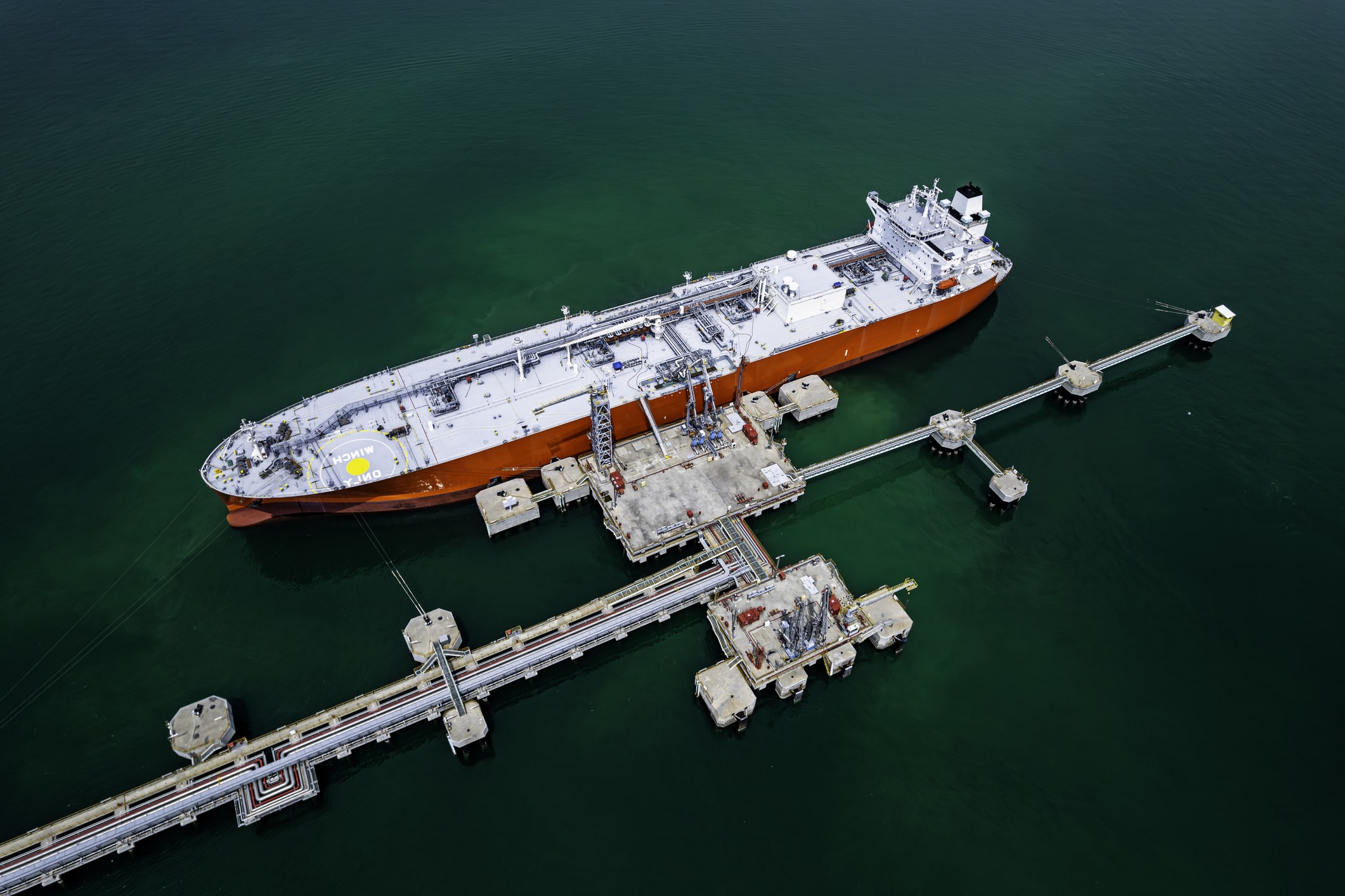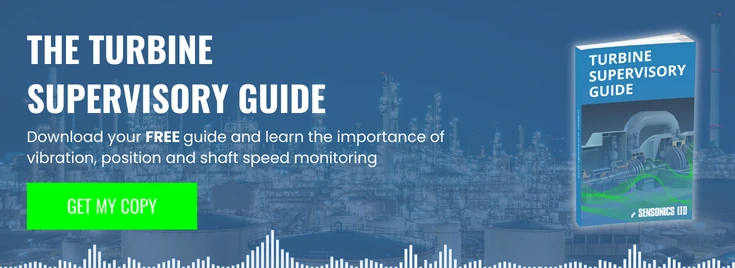Vibration Monitoring Systems Onboard Oil Tankers
Vibration monitoring systems play a crucial role in ensuring the safe and efficient operation of machinery onboard oil tankers. These systems are designed to detect and analyse vibrations in various equipment, allowing for the early identification of potential mechanical issues and helping to prevent breakdowns and accidents. Here's an overview of vibration monitoring systems onboard oil tankers:
1. Purpose:
Vibration monitoring systems are used to:
- Detect abnormal vibration patterns in machinery such as engines, pumps, compressors, and generators.
- Identify mechanical problems like misalignment, imbalance, bearing wear, and other issues that can lead to equipment failure.
- Provide real-time data to operators and maintenance personnel for timely decision-making and intervention.
2. Components:
Vibration monitoring systems typically consist of the following components:
- Vibration Sensors: These sensors are strategically placed on machinery to measure vibrations. They can detect vibration intensity, frequency, and direction.
- Data Acquisition System: This system collects data from the sensors and converts it into usable information.
- Signal Processing and Analysis Software: The collected data is processed and analysed to determine vibration patterns and deviations from normal conditions.
- Display and Notification Interface: The system provides visual displays, alarms, and notifications to alert operators and maintenance teams about abnormal vibration levels.
3. Types Of Vibration:
Vibration monitoring systems measure different types of vibration:
- Amplitude: The intensity or magnitude of vibration.
- Frequency: The number of oscillations per unit of time (usually measured in Hertz). Different mechanical issues have distinct frequency signatures.
- Phase: The relative timing of vibration signals from different sensors. Phase analysis can reveal issues like misalignment.
4. Benefits:
Implementing vibration monitoring systems offers several benefits:
- Early Detection: Vibration anomalies are often indicators of underlying problems. Early detection allows for proactive maintenance before issues escalate.
- Reduced Downtime: Timely maintenance based on vibration data can prevent unexpected breakdowns, reducing downtime and associated costs.
- Cost Savings: Preventive maintenance is often more cost-effective than reactive repairs.
- Safety Enhancement: Detecting issues before they lead to catastrophic failures enhances crew safety and prevents accidents.
- Extended Equipment Life: Regular monitoring and maintenance can extend the operational life of machinery.
- Data-Driven Decision-Making: Data collected from vibration monitoring systems can inform equipment replacement or overhaul decisions.
5. Implementation Challenges:
Deploying vibration monitoring systems on oil tankers can present challenges:
- Harsh Environment: The maritime environment can be harsh due to vibrations, temperature fluctuations, humidity, and corrosive elements. Sensors and systems need to be rugged and reliable.
- Integration: Integrating vibration monitoring with other onboard systems and data networks is crucial for effective remote monitoring and data analysis.
- Crew Training: Proper training for crew members is essential to ensure they can interpret system data and respond appropriately.
Efficiency
Machines that run to full capability produce less emissions and pollution and are much smoother to operate, too. In order to transport oil effectively, it’s crucial that your machinery doesn’t break down en-route and disrupt the process. For efficient transportation, protecting your turbines with regular, well-planned maintenance is vital to help prevent the potential loss of millions of pounds should your oil tankers encounter a problem.
Sensonics can help with our monitoring systems, which can help to detect a potential issue before it gets out of hand. By detecting and addressing mechanical issues early, our vibration monitoring equipment contributes to efficient operations and helps to prevent accidents and downtime. Contact us by filling out our enquiry form or call us on 01442 876833 to find out more.



